Iceland, Jokulsarlon Ice Lagoon
“Ice and fire” – these are two words, which despite their seeming mutual exclusiveness, perfectly grasp the nature of Iceland. Although called “the land of ice”, ironically, Iceland has boiling hot springs and geothermal lakes. And how magnificent are the flows of glowing lava from Eyjafjallajoekull, the famous volcano!
Iceland is actually one of the most active volcanic regions in the world. Moreover, despite its name and the fact that it has glaciers, Iceland is not an arctic country. The climate of Iceland has cold oceanic temperatures with strong winds; the weather is wet and quite variable. Icelanders joke that if you don’t like the weather in Iceland, just wait five minutes for it to get worse.
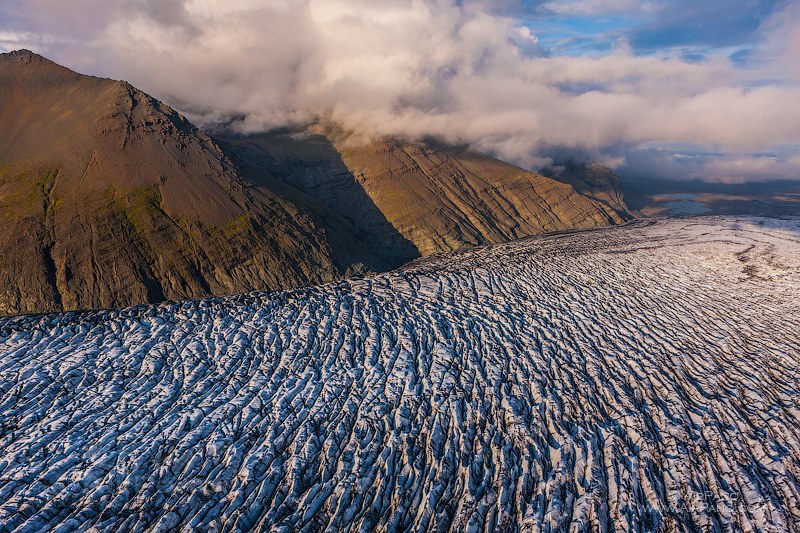
The landscape in Iceland is very desolate and harsh. There are almost no trees. In winter, the central part of the island resembles the moon’s surface. This is why NASA astronauts conducted their lunar landing training here.
Iceland is home to Europe’s largest glacier, Vatnajokull, and the most “boiling” river in the world – Deydartunguver. Its hot boiling cascades are fed by the hot springs and have an average water flow of 225 liters per second.
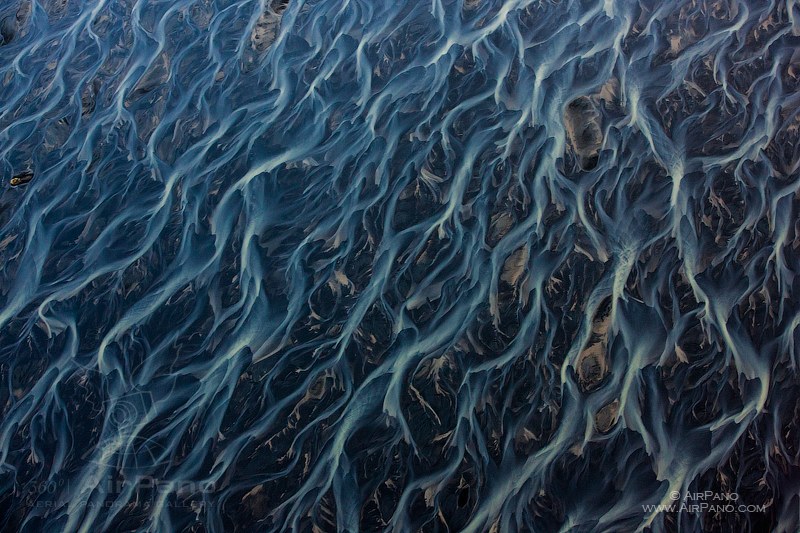
Moreover, the European equivalent to Niagara Falls is also located in Iceland. It is Dettifoss, the mightiest waterfall in this part of the world. It spills over 200 tons of water per second from 45 meters height. One can see its splashes a mile away, and rainbows play in its waters on sunny days.
However, these records are not the ones that portray the charm of the nature of Iceland. Spacious fields, mountains, and water exists in all possible states: from frozen ice to steaming geysers – this is what makes this unique, majestic, harsh and deserted landscape of Iceland, the country that looks so different from anything else in the world.
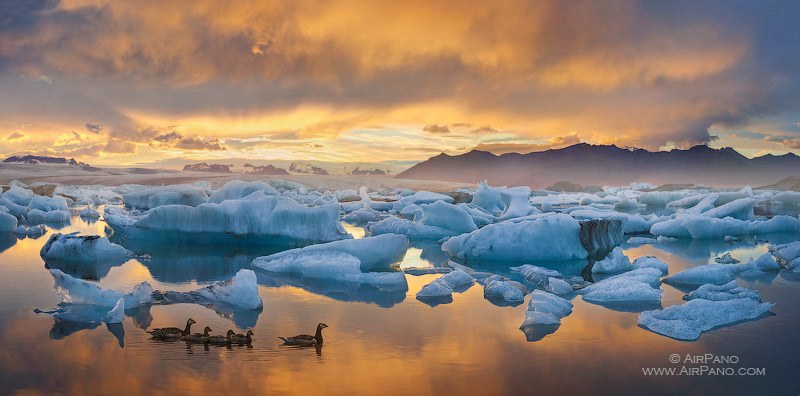
Jökulsárlón is a large glacial lagoon in southeast Iceland, on the borders of Vatnajökull National Park. Situated at the head of Breiðamerkurjökull, it evolved into a lagoon after the glacier started receding from the edge of the Atlantic Ocean about 90 years ago. The lake has grown since then at varying rates because of melting of the Icelandic glaciers. The lagoon now stands 1.5 kilometres away from the ocean's edge and covers an area of about 18 km2. It recently became the deepest lake in Iceland at over 248 metres depth as glacial retreat extended its boundaries.
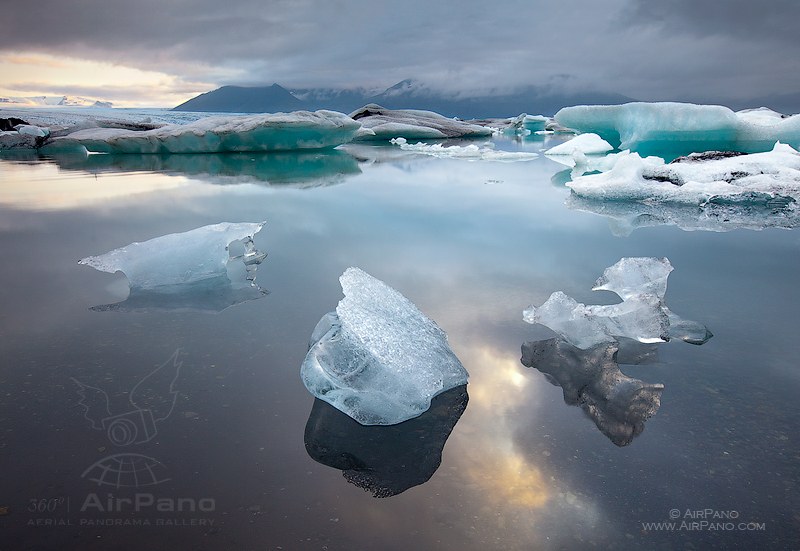
The Jökulsárlón lagoon provides outstanding views of the Ice Cap, which is a vast dome of ice that rises to a height of 910 m. The lagoon developed only about 64 years ago (1948 is mentioned), when the entire area was less than 30 m of glacier, which was only 230 m from the Atlantic Ocean, and 3.2 km away from Vatnajökull . Vatnajökull was at the shore line of the ocean and dropped icebergs into the ocean. However, it started drifting in land rapidly every year leaving deep gorges en route, which got filled with melted water and large chunks of ice.
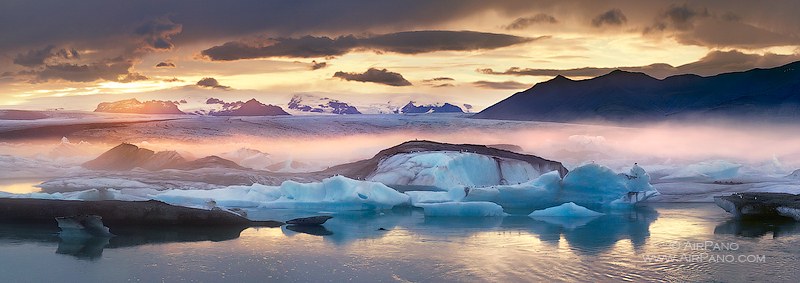
Currently there is an accumulation of icebergs at the neck of the lagoon caused by a shallow strait that connects the lagoon and the ocean. The lagoon was made shallow specifically to protect the bridge over the strait from large icebergs. As a result, icebergs slowly melt down to smaller pieces, which are then carried away to the ocean. This is the only place where one can see the picturesque sight: blue and white ice slowly drifts away from the tip of Vatnajokull glacier. Besides, Jökulsárlón is the lowest point in Iceland, due to the fact that heavy ice presses the soil under the glacier down, which is currently at 200 meters below the sea level. When it gets warmer, icebergs break off and melt fast, but in winter the bay freezes and "locks" icebergs in till the next spring. Jökulsárlón is photographed more often than any other place in Iceland. It has become a typical arctic landscape for magazine covers and Hollywood movies (five blockbusters has been filmed here so far). Everyone should visit Jökulsárlón - a truly picturesque and amazing place. Our virtual tour is a great proof of the fact!
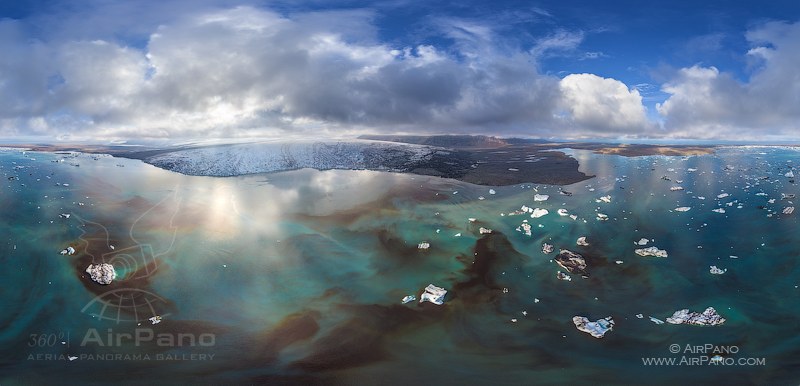
14 September 2012
Also we offer you to see virtual tour with 82 panoramas of Iceland.
Photography by Stanislav Sedov and Dmitry Moiseenko
Read more
Photogallery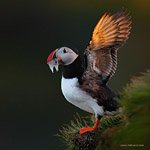 Animal World of Iceland
Animal World of Iceland
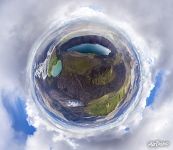 Red Crater, Lake Ljotipollur. Planet
Red Crater, Lake Ljotipollur. Planet
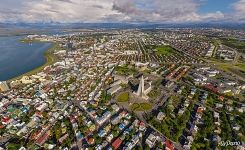 Reykjavik
Reykjavik
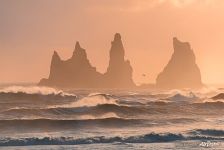 South Iceland, Vic, Seastacks Reynisdrangar
South Iceland, Vic, Seastacks Reynisdrangar
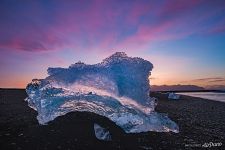 Black Pebble beach, Iceland
Black Pebble beach, Iceland
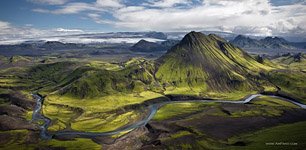 Iceland, mount Storasula #2
Iceland, mount Storasula #2
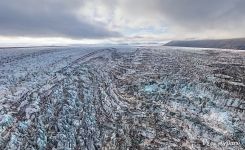 Breidamerkurjoekull glacier
Breidamerkurjoekull glacier
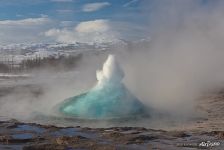 Strokkur Geyser, new born eruption
Strokkur Geyser, new born eruption
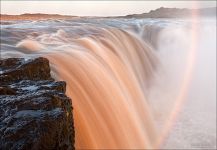 Pink waterfall, Selfoss
Pink waterfall, Selfoss
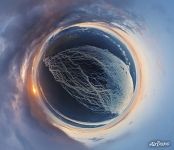 Skeiðarársandur sunset. Planet
Skeiðarársandur sunset. Planet
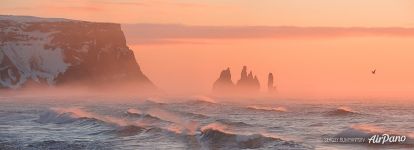 Reynisfjara beach, Seastacks Reynisdrangar, panoramic photo
Reynisfjara beach, Seastacks Reynisdrangar, panoramic photo
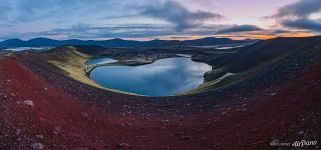 Veidivotn, Iceland
Veidivotn, Iceland

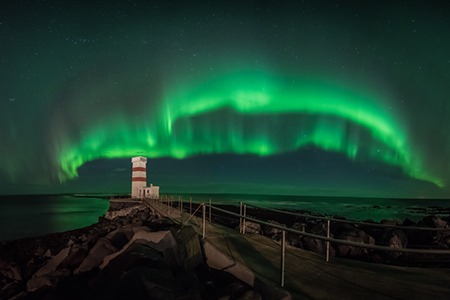

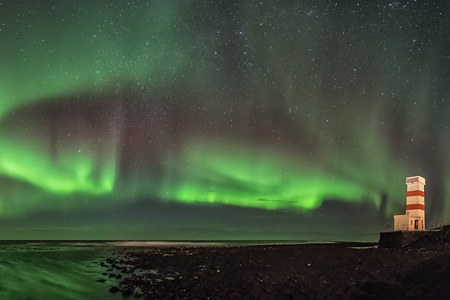



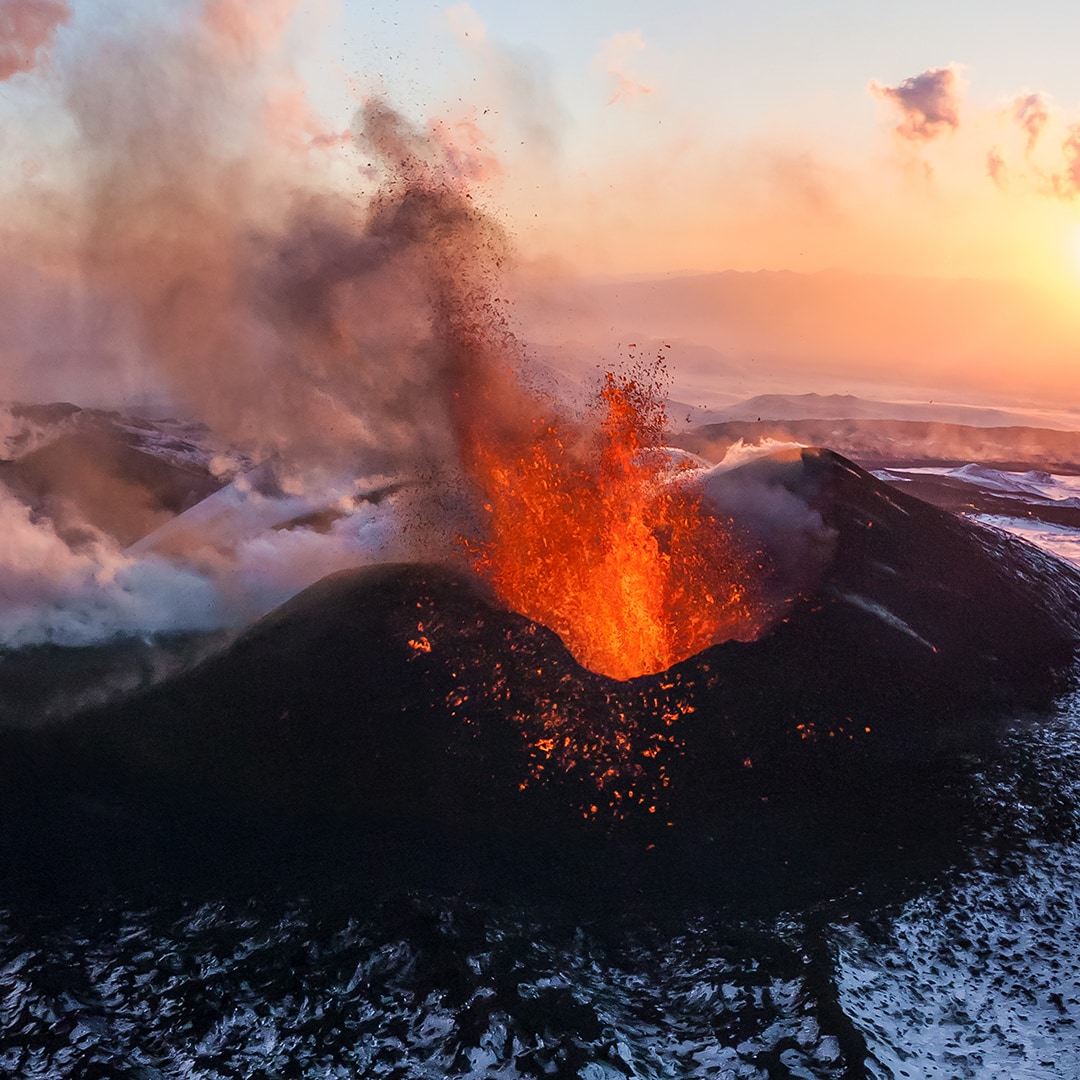



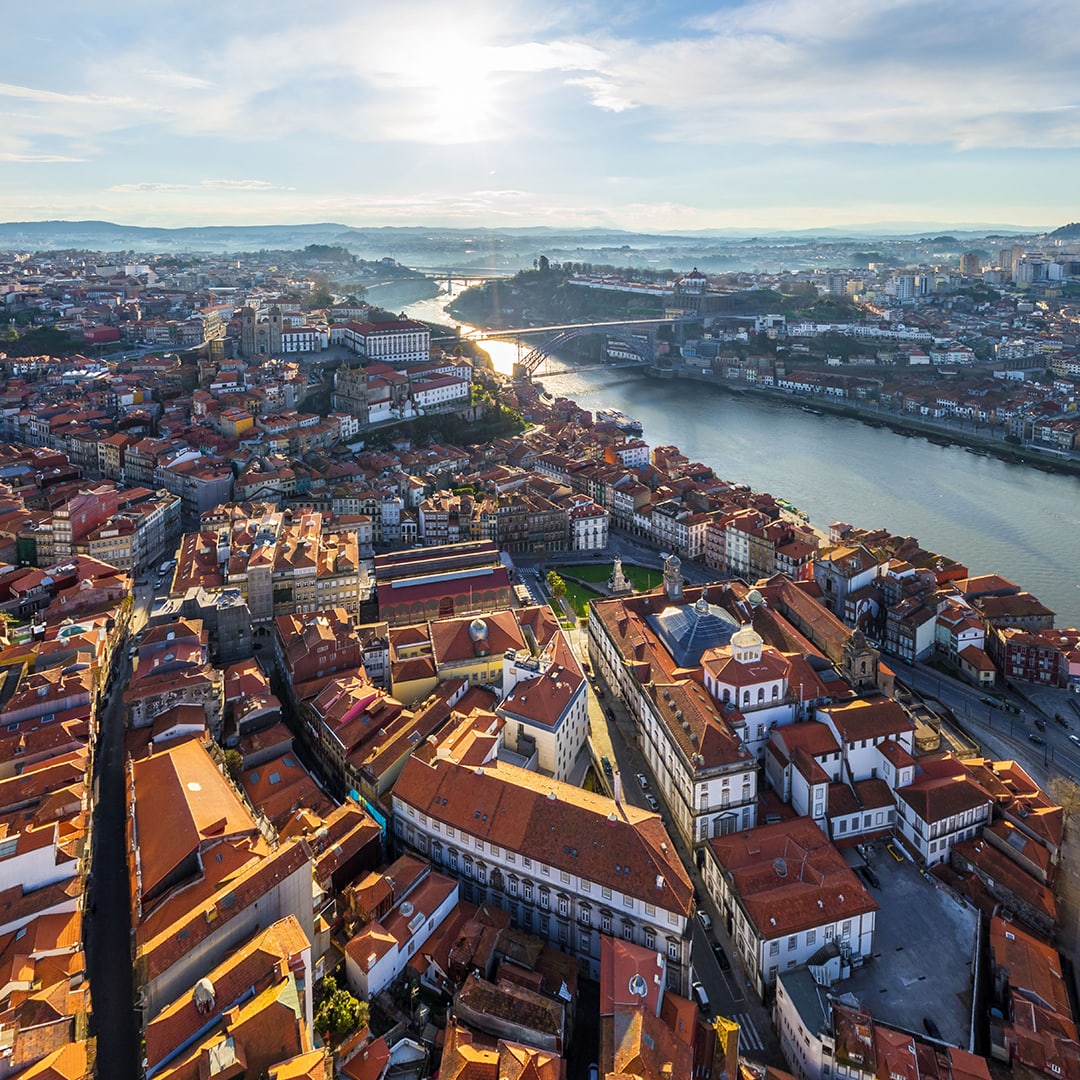
Virtual Travels in 360°
 Rio de Janeiro, Brazil, 2008
Rio de Janeiro, Brazil, 2008
 Rice Terraces, Yunnan province, China
Rice Terraces, Yunnan province, China
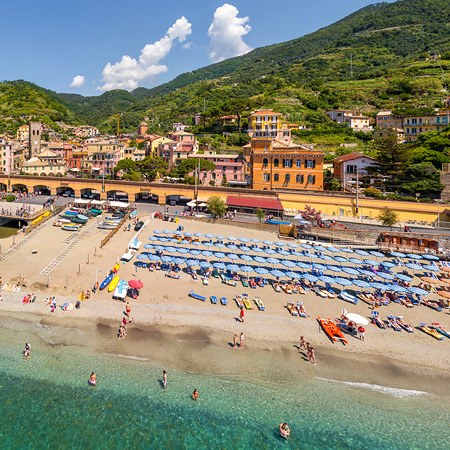 Monterosso, Cinque Terre, Italy
Monterosso, Cinque Terre, Italy
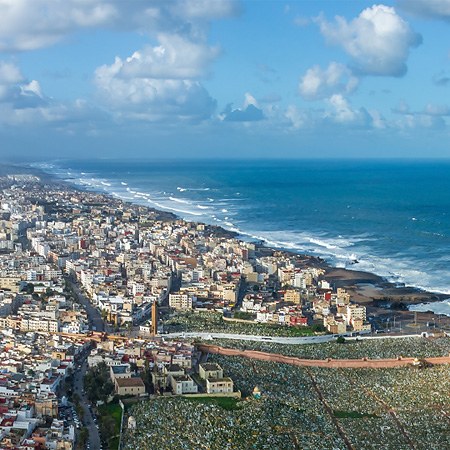 Rabat, Morocco
Rabat, Morocco
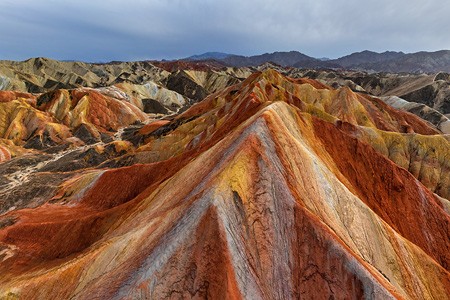 Colourful mountains of the Zhangye Danxia Geopark, China
Colourful mountains of the Zhangye Danxia Geopark, China
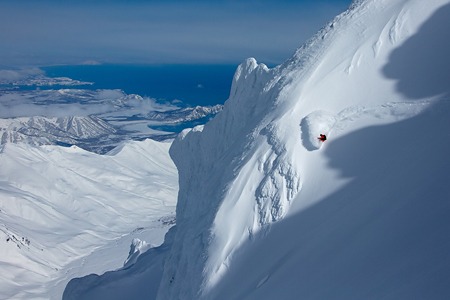 Freeride at Snow Valley mountain lodge. Kamchatka
Freeride at Snow Valley mountain lodge. Kamchatka
 Maldives. Above and below the sea
Maldives. Above and below the sea
 London, United Kingdom
London, United Kingdom
Show more



